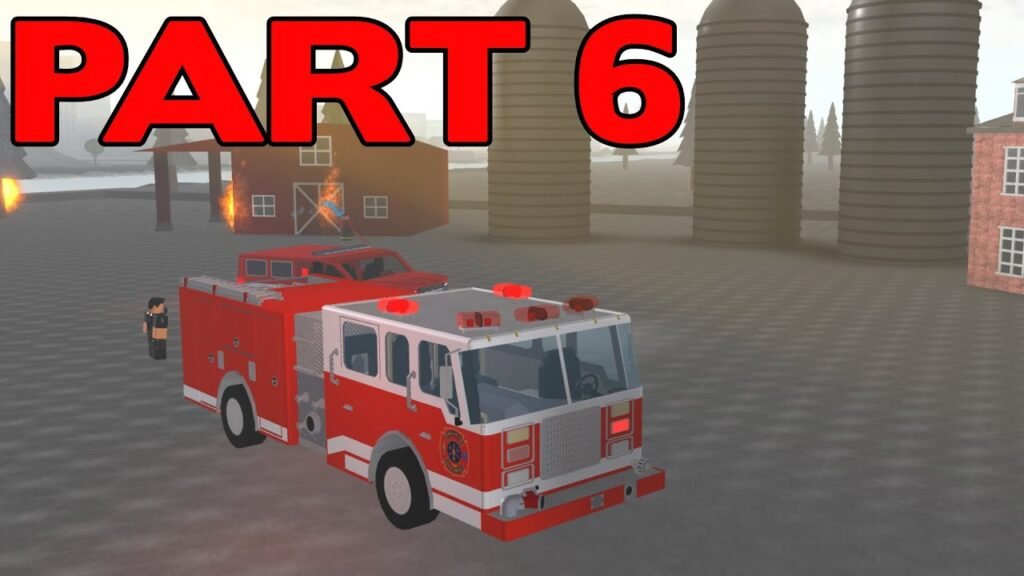ROBLOX Vancouver Fire Department Shift Part 6 | New VFD Station Tour!
Thanks for watching!
Game Link:
VFD Group Link:
City of Vancouver Group Link:
_________________________________________________________________
Merch:
Twitter:
Instagram:
Twitch:
Gaming Setup:
_________________________________________________________________
Discord Server: LINK IN BIO
_________________________________________________________________
source


